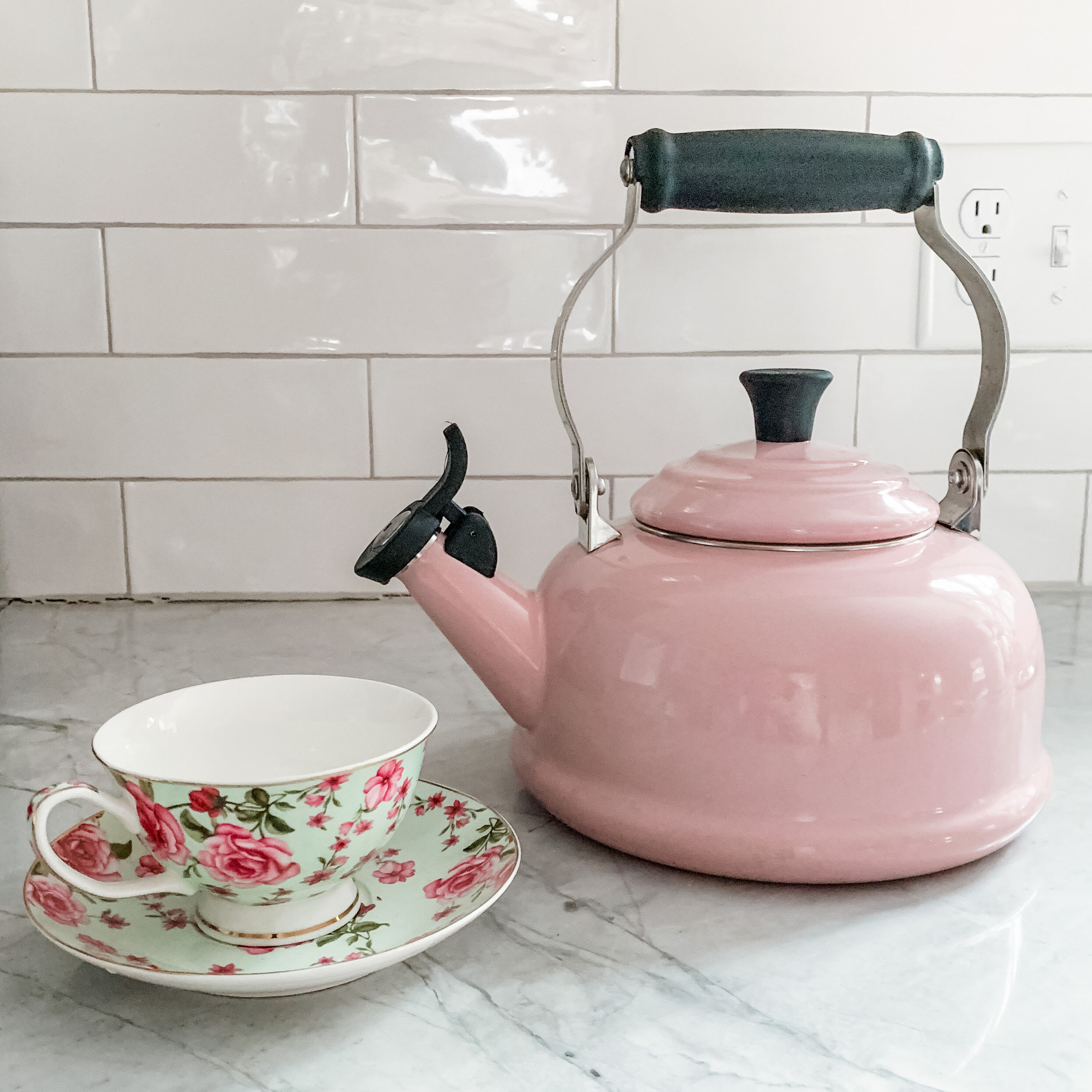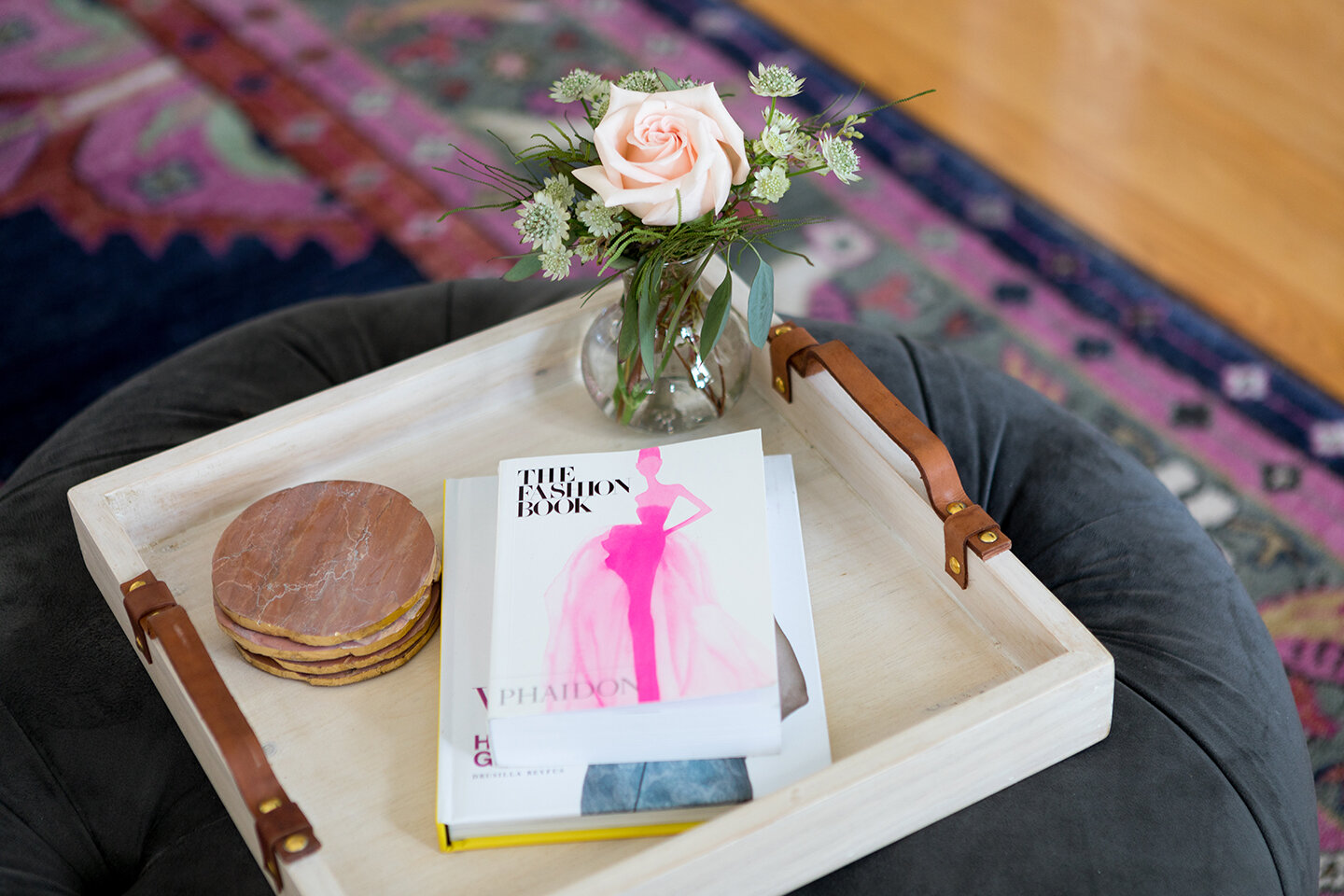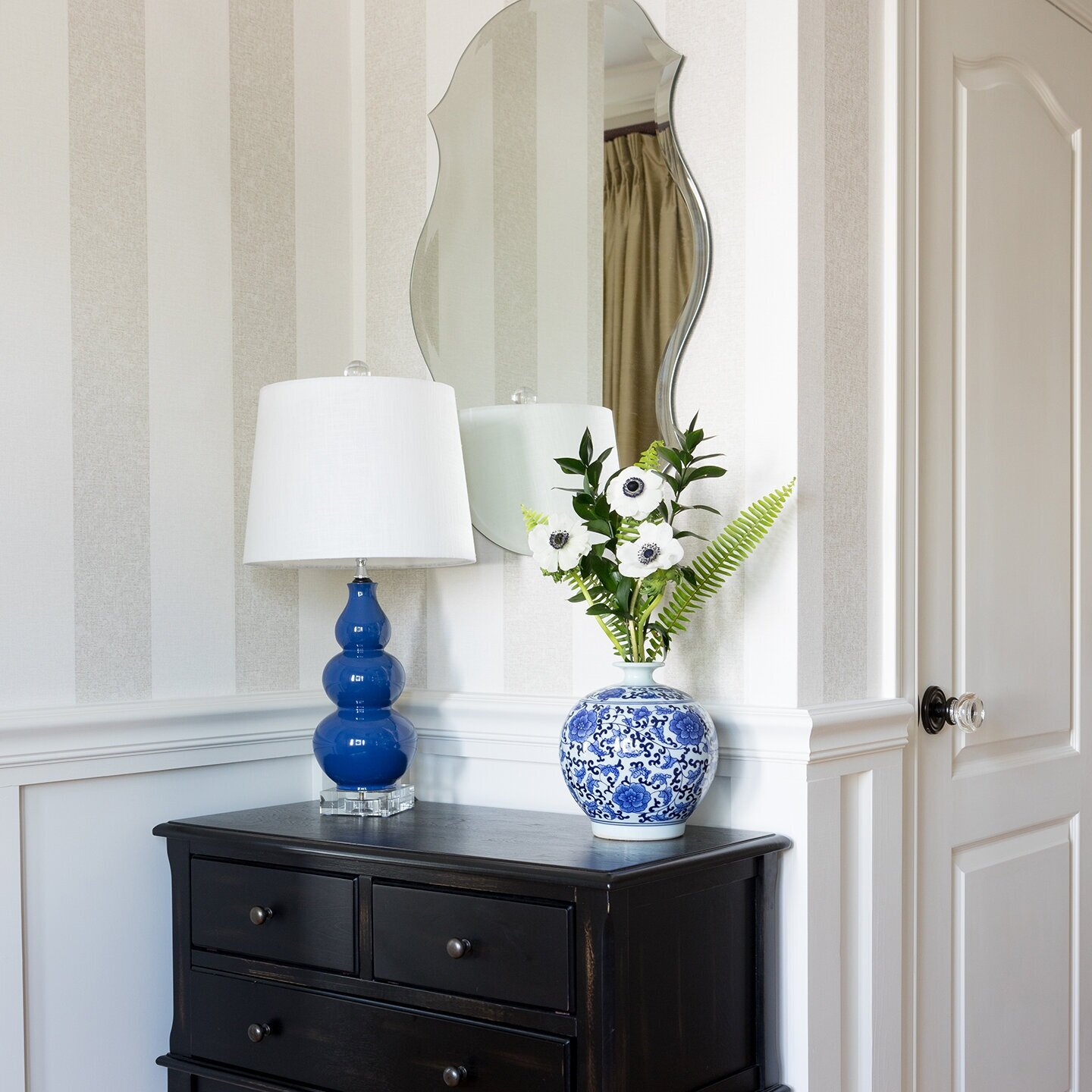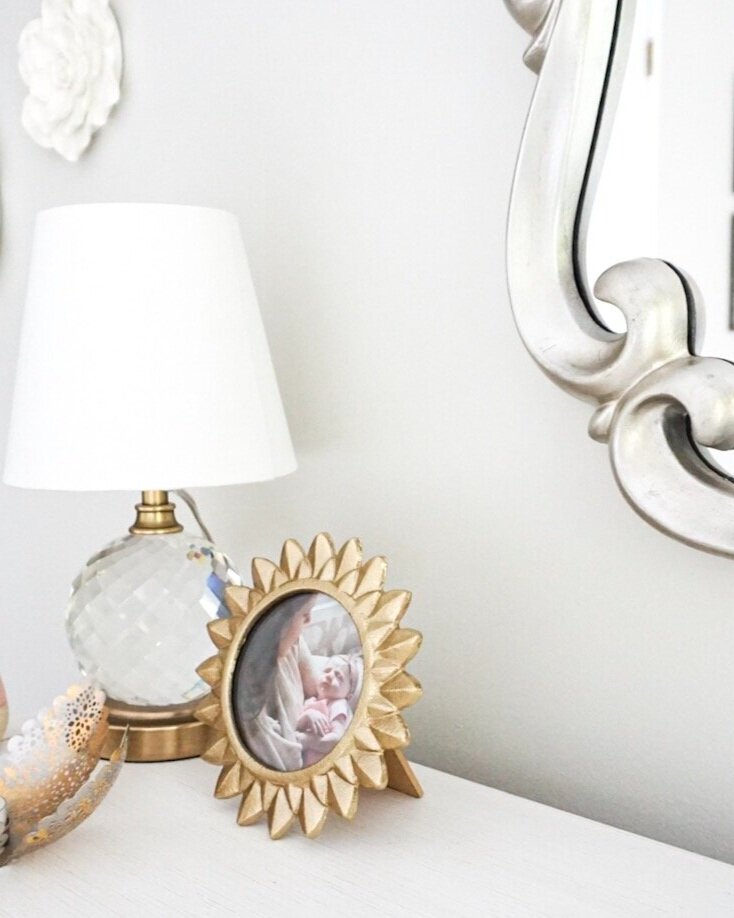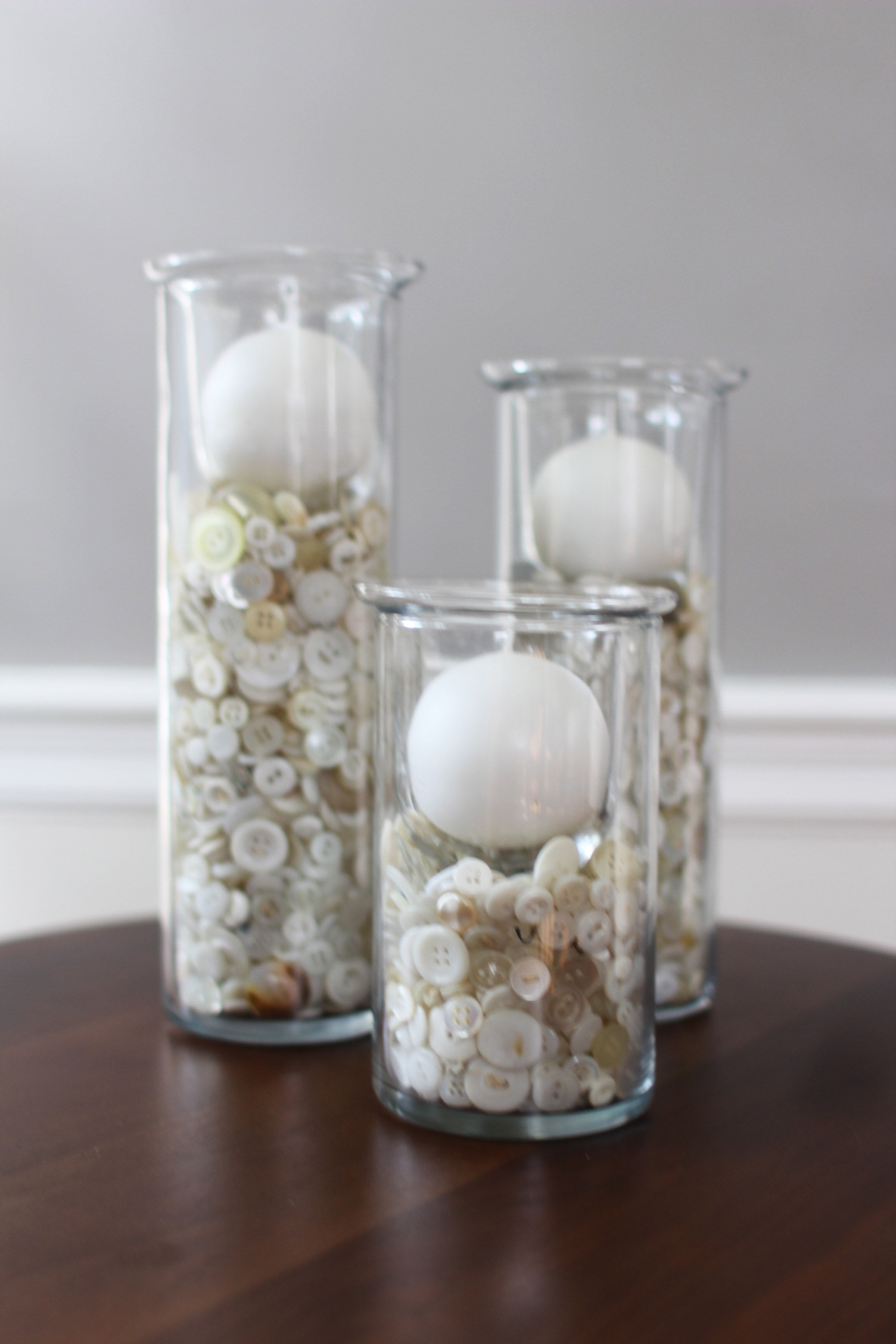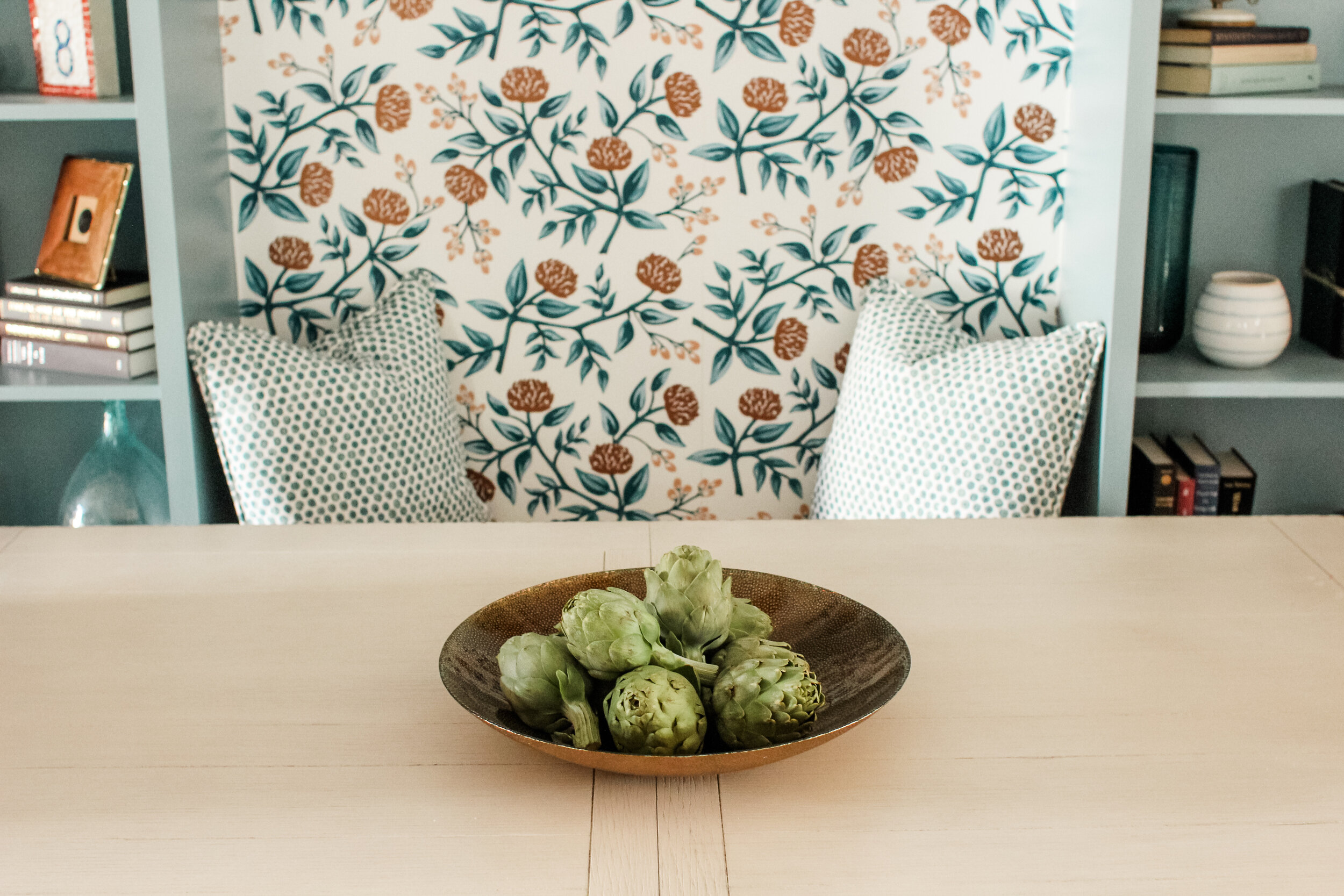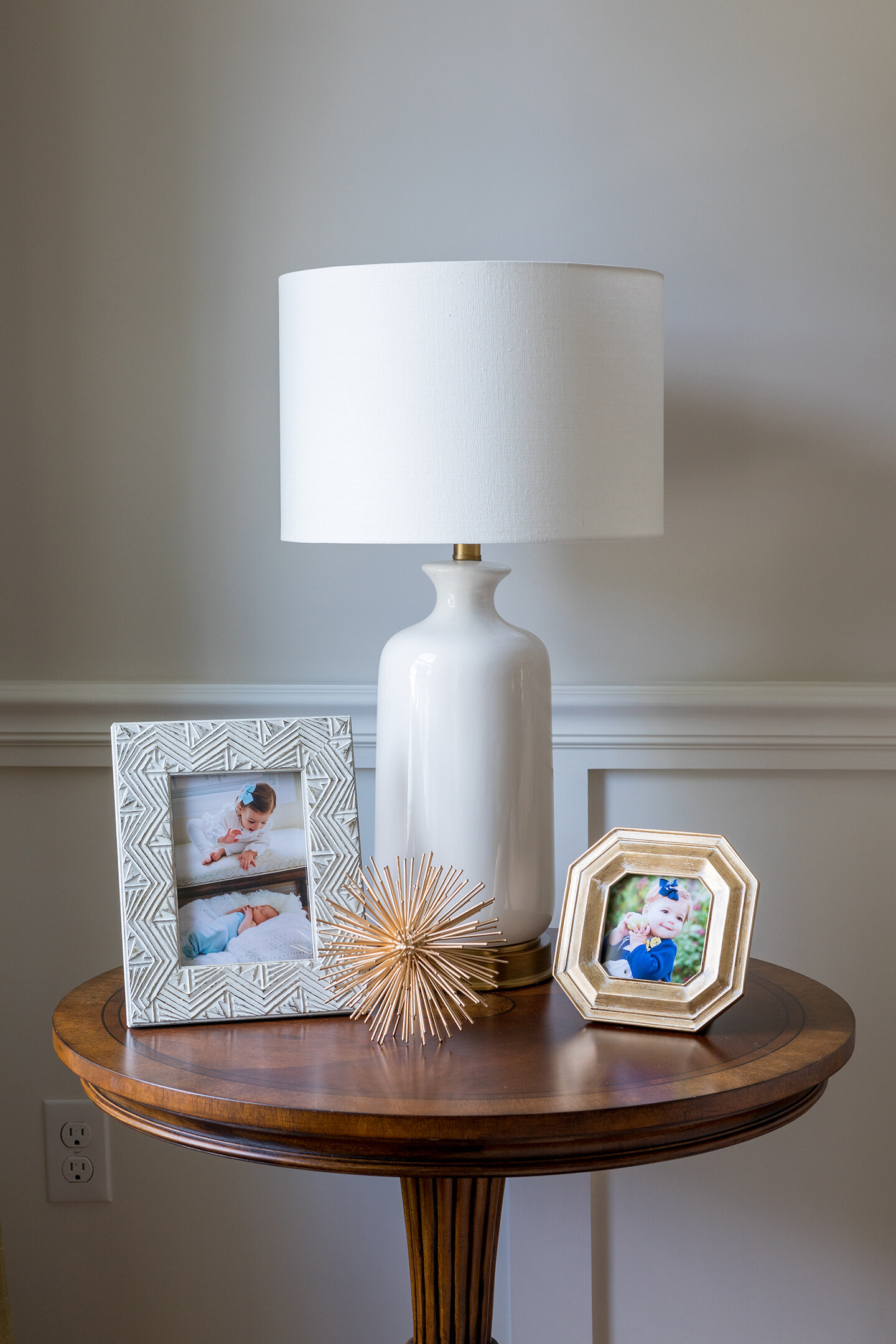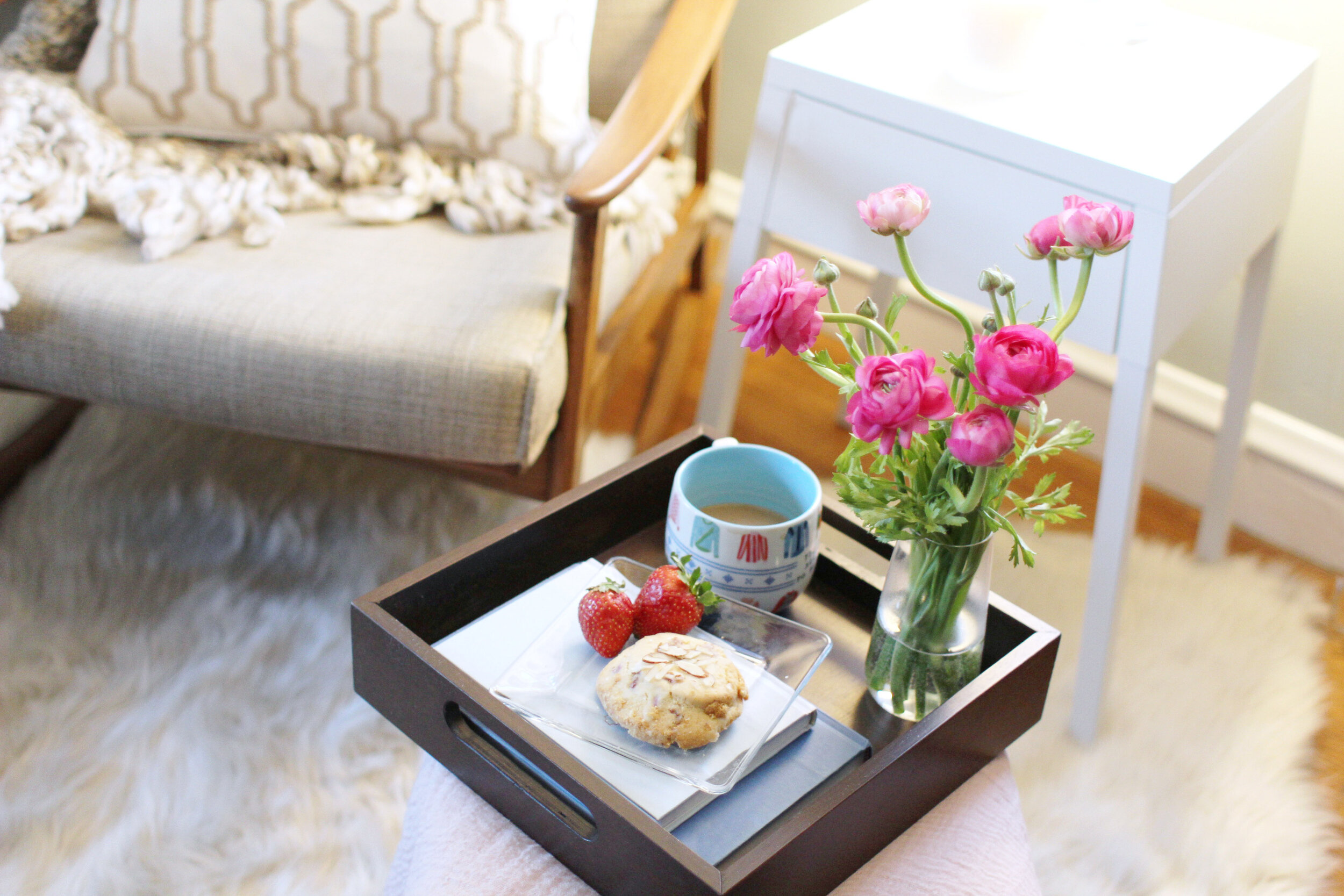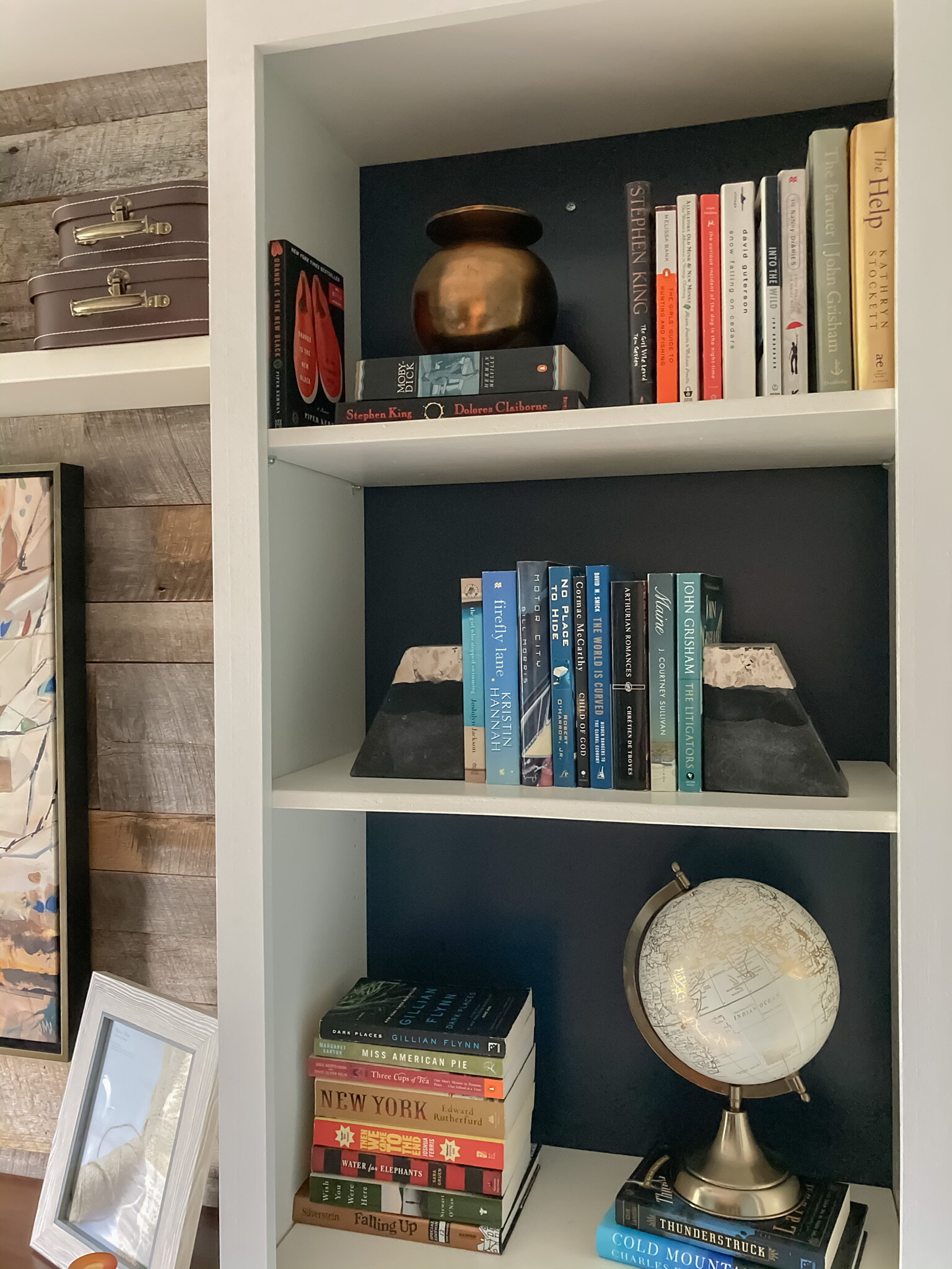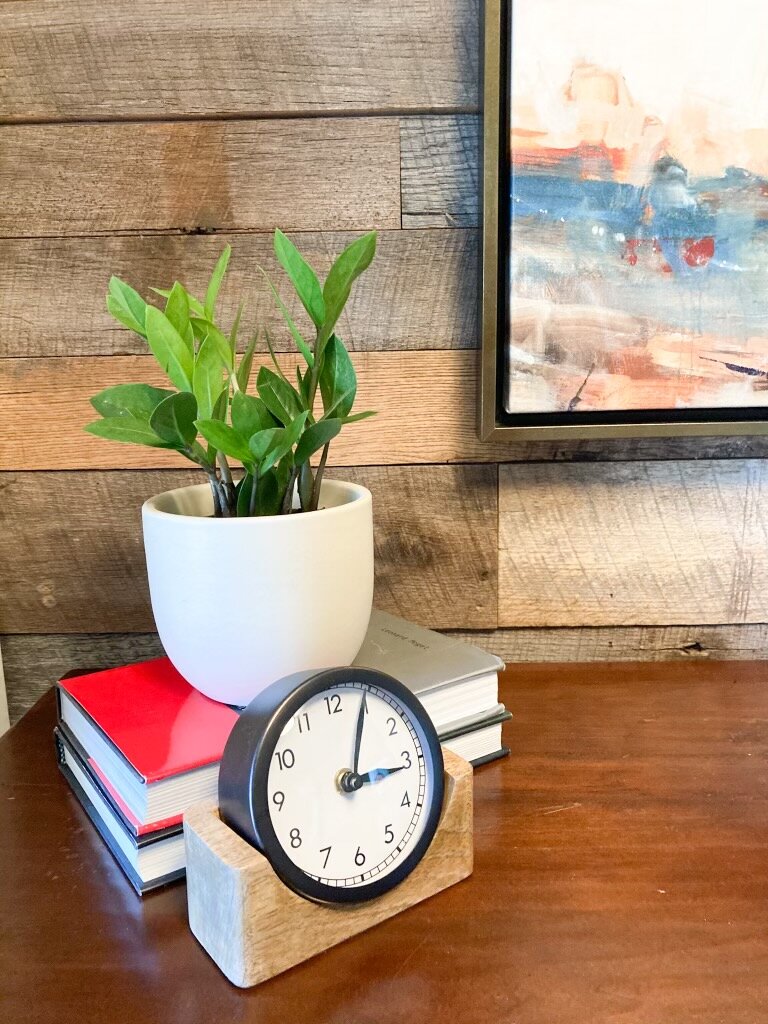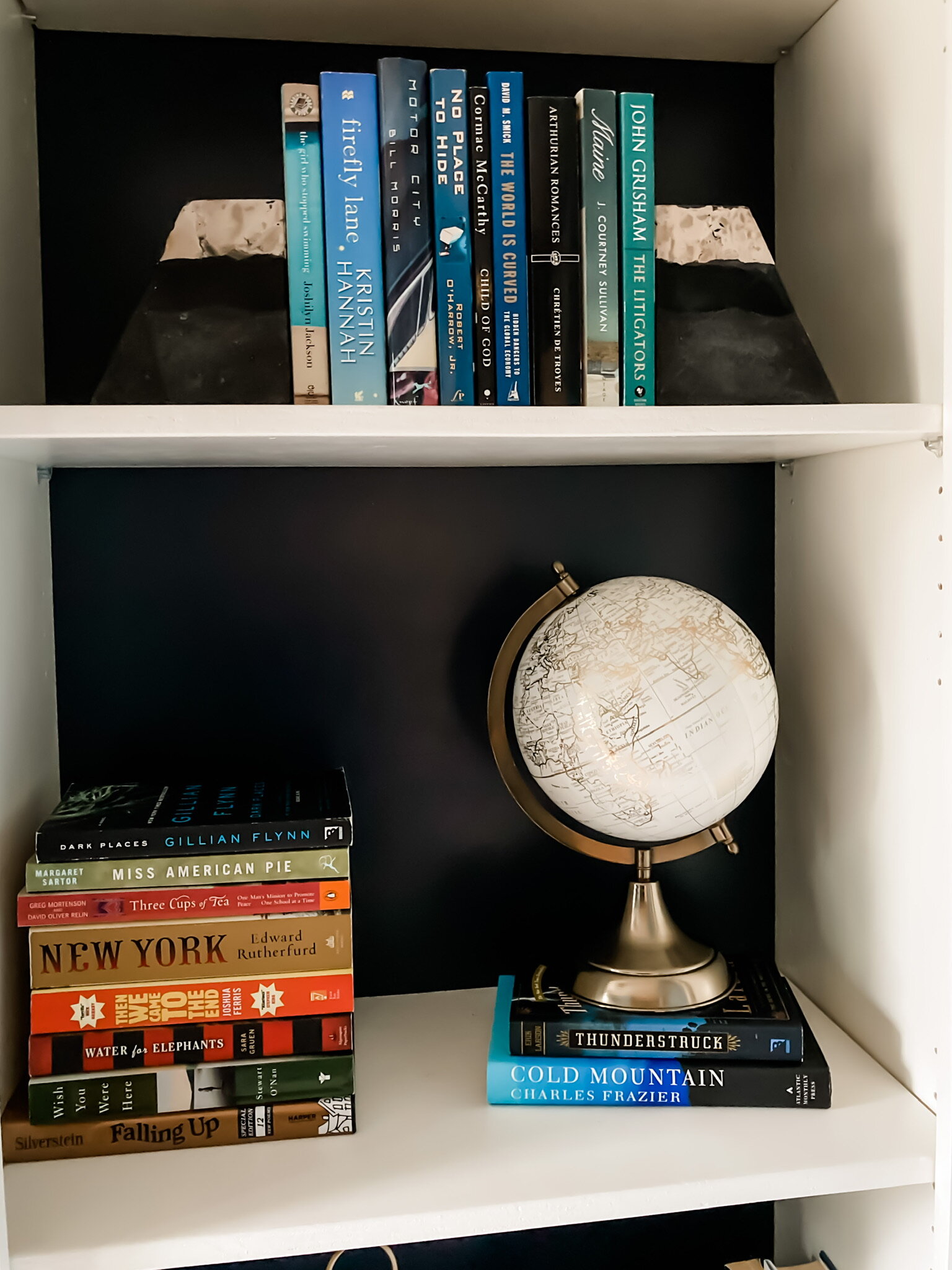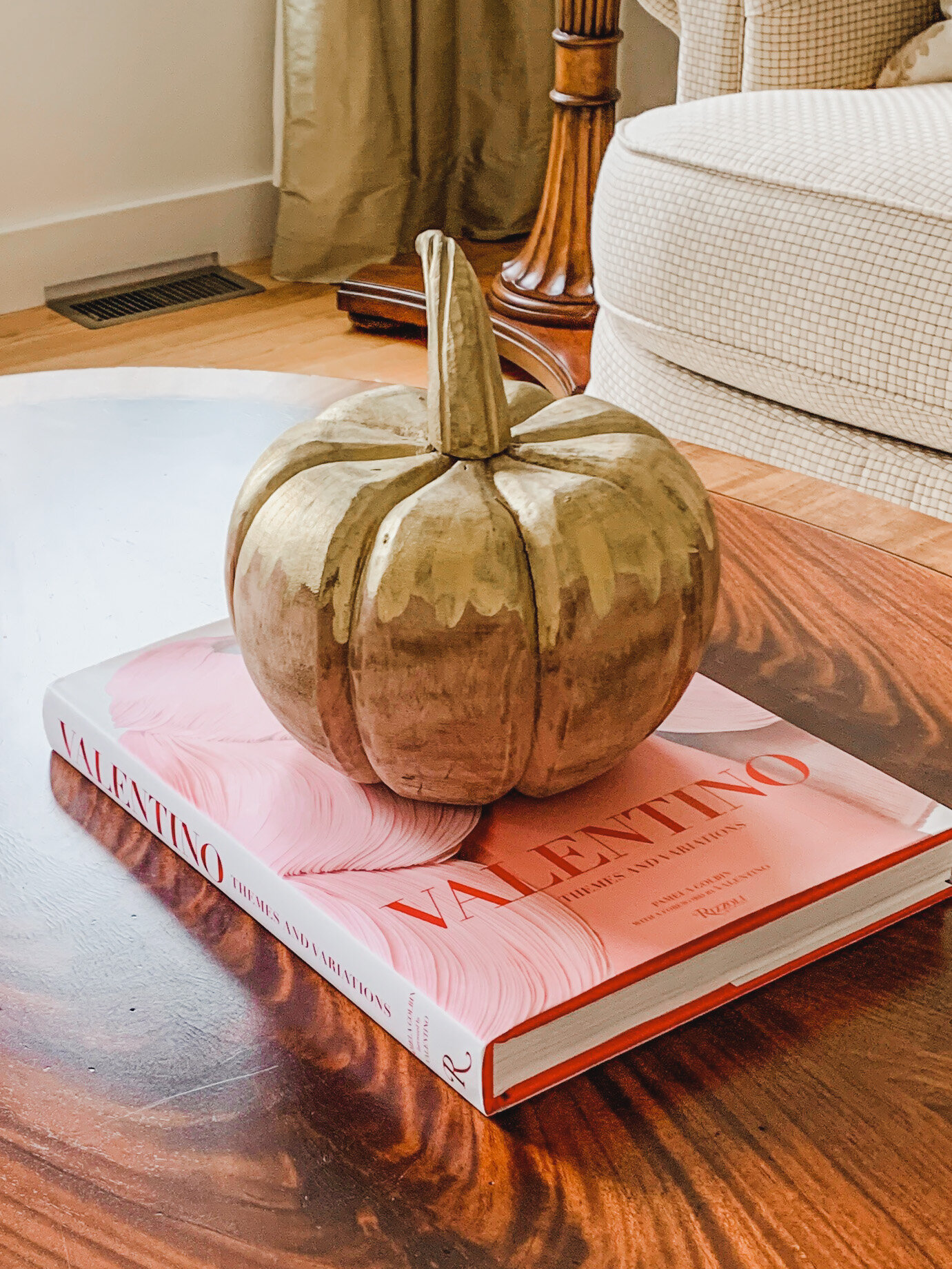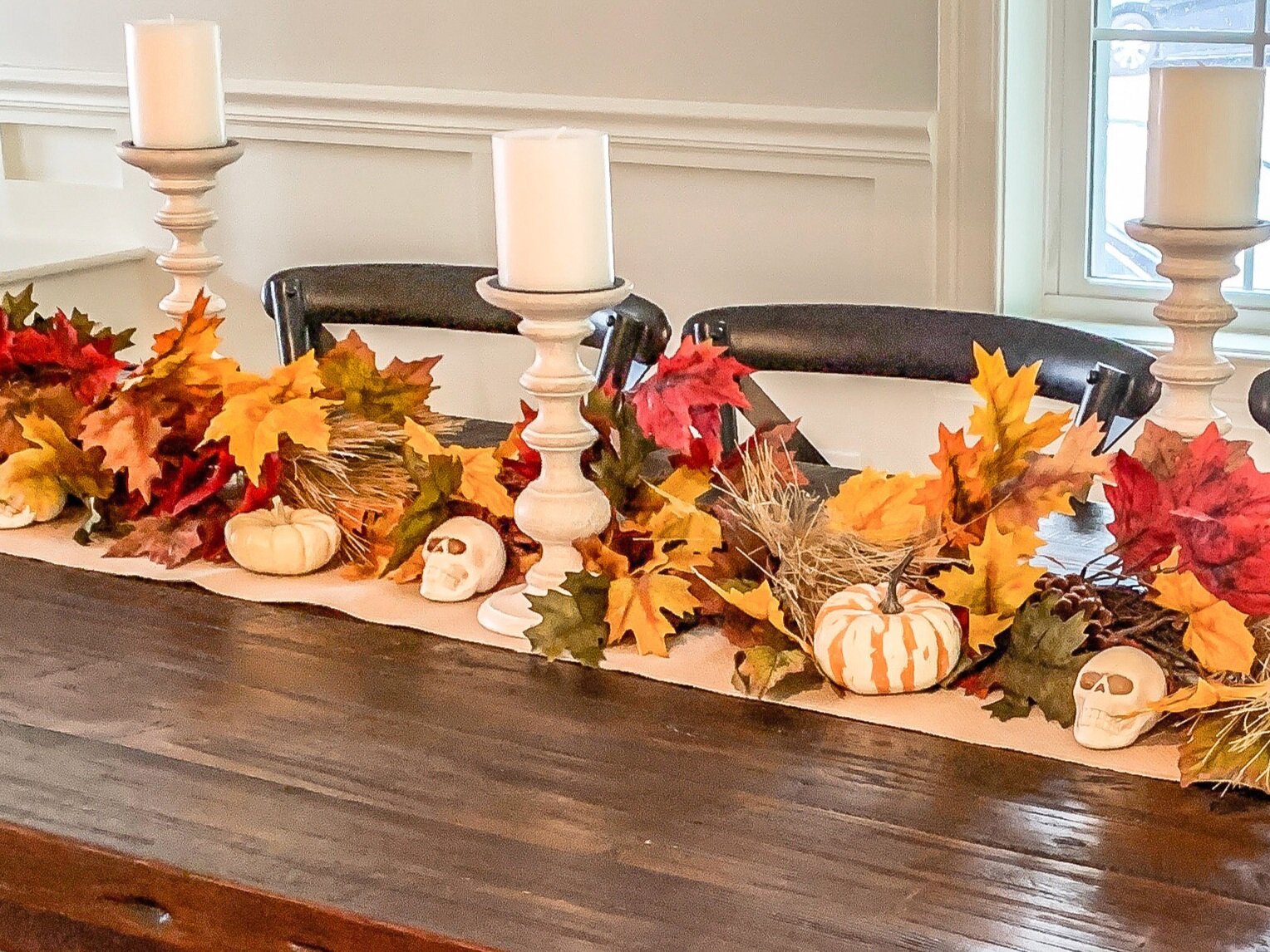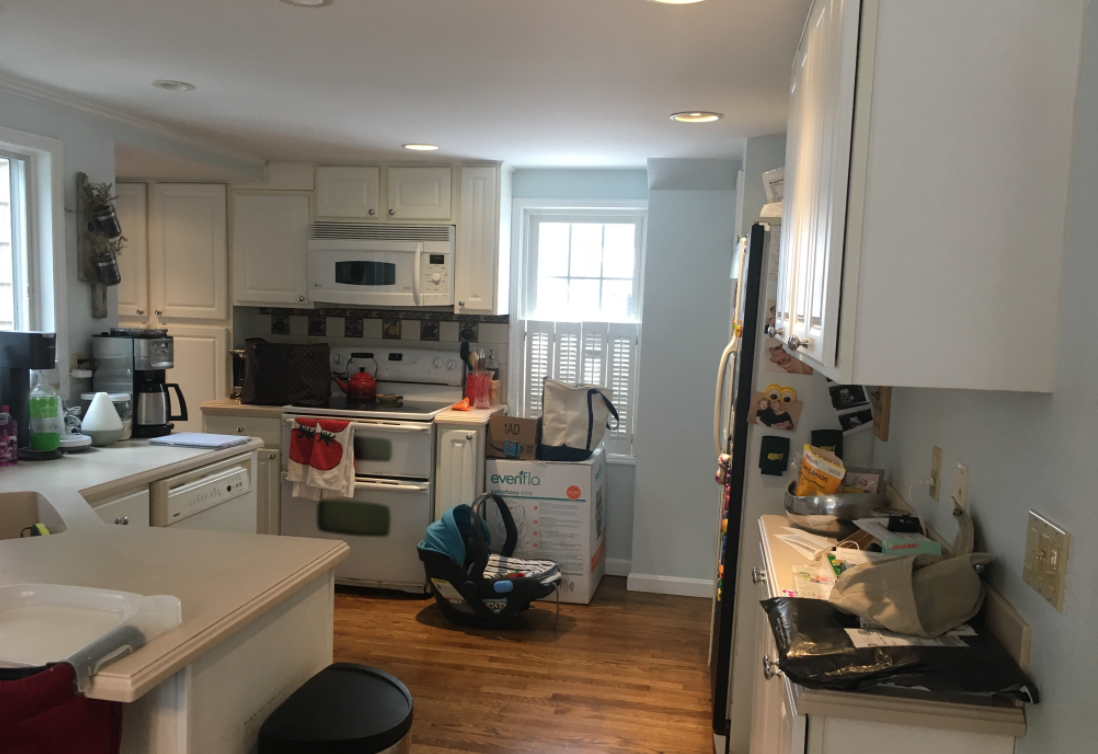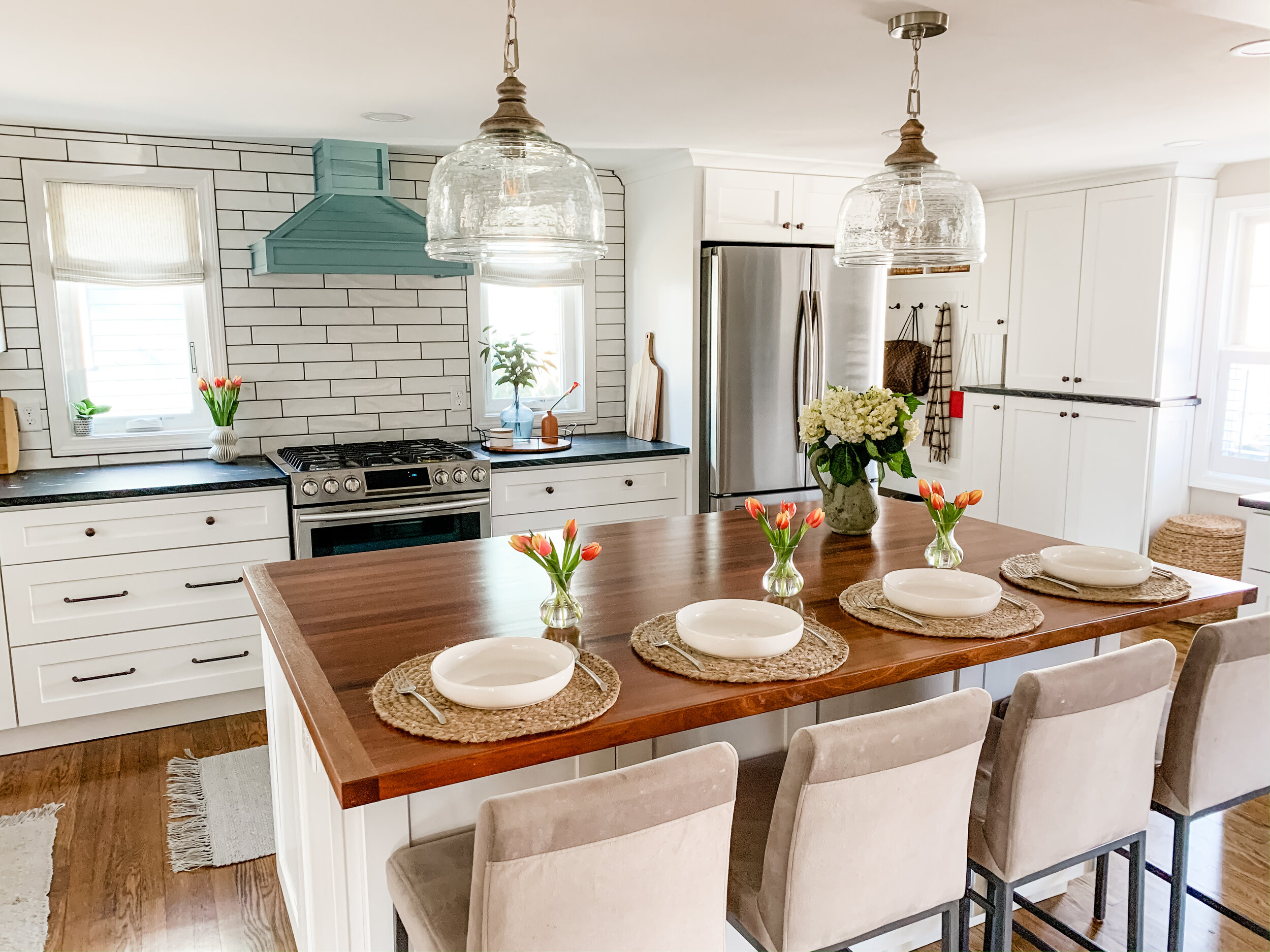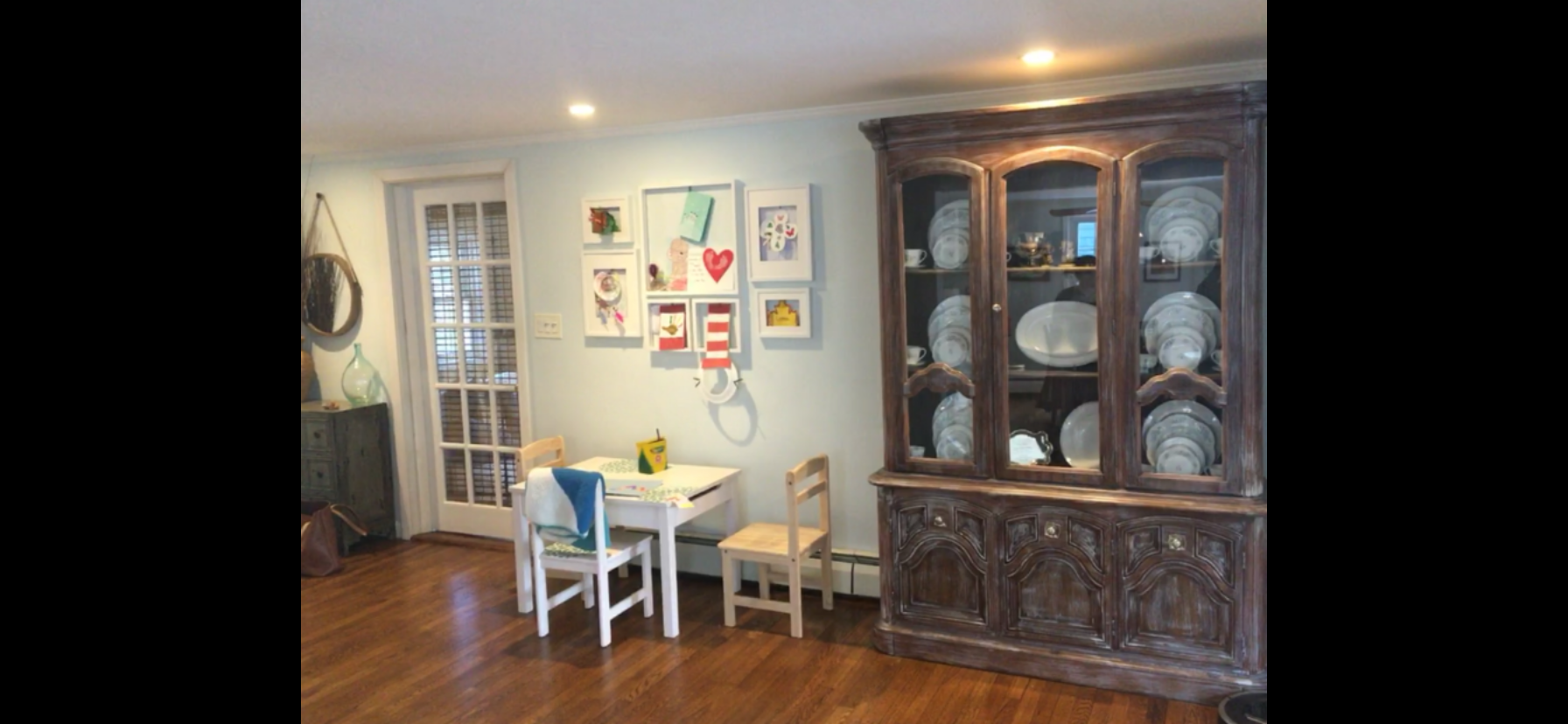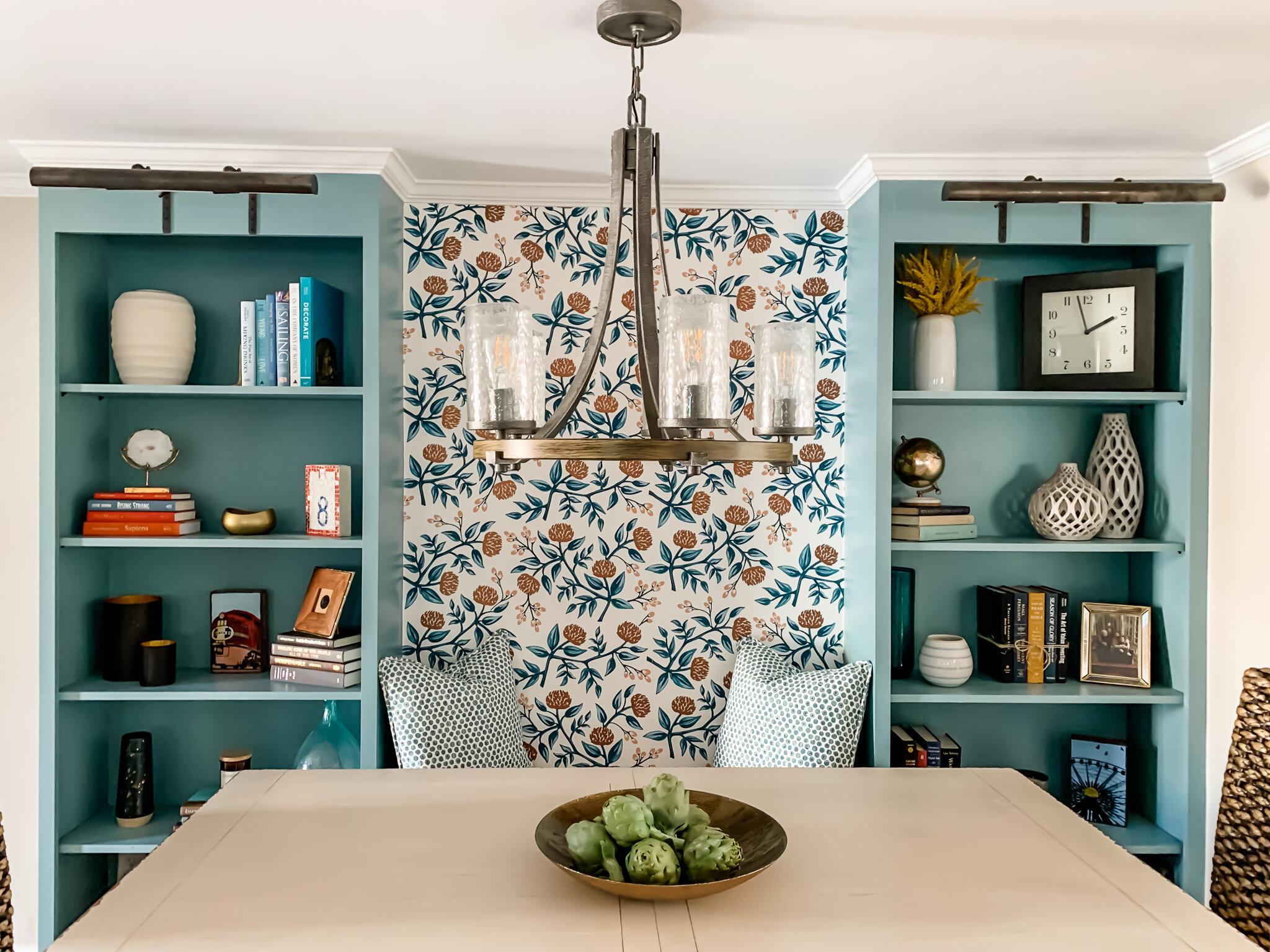I was delighted to be asked to share my thoughts for a recent piece on Redfin’s blog focusing on design trends in 2020. I chose to focus on a paint color trend I saw popping up last year….charcoal gray!
In 2020, we saw charcoal gray become a popular paint color for home interior use. It’s an unexpected neutral that makes a stronger statement than the usual beiges and whites, and in addition to practicality–it hides stray scuffs and marks!—it serves as an elegant backdrop for gold or brass, pops of color, or lighter neutrals. For the coming year, we foresee globally-inspired decor becoming a major trend. As people get excited to plan travel again after the pandemic, they’ll be similarly moved to decorate their homes in the styles of far-flung locales—and that fresh coat of charcoal gray paint will serve as the perfect backdrop! - Blissful Interiors
Many thanks to Redfin for including Blissful Interiors in this piece alongside design businesses from across the United States! To read the rest of the article and reflect on the trends of 2020, click here.













